By borrowing nature’s blueprints for photosynthesis, Cornell University bioengineers have found a way to efficiently absorb and store large-scale, low-cost renewable energy from the sun – while sequestering atmospheric carbon dioxide to use later as a biofuel.
Tag: Energy
Cooperation across boundaries and sectors could boost sustainable development in South Asia
A new analysis of food, energy, water, and climate change in the Indus Basin shows how a cross-boundary and multi-sectoral perspective could lead to economic benefits and lower costs for all countries involved.
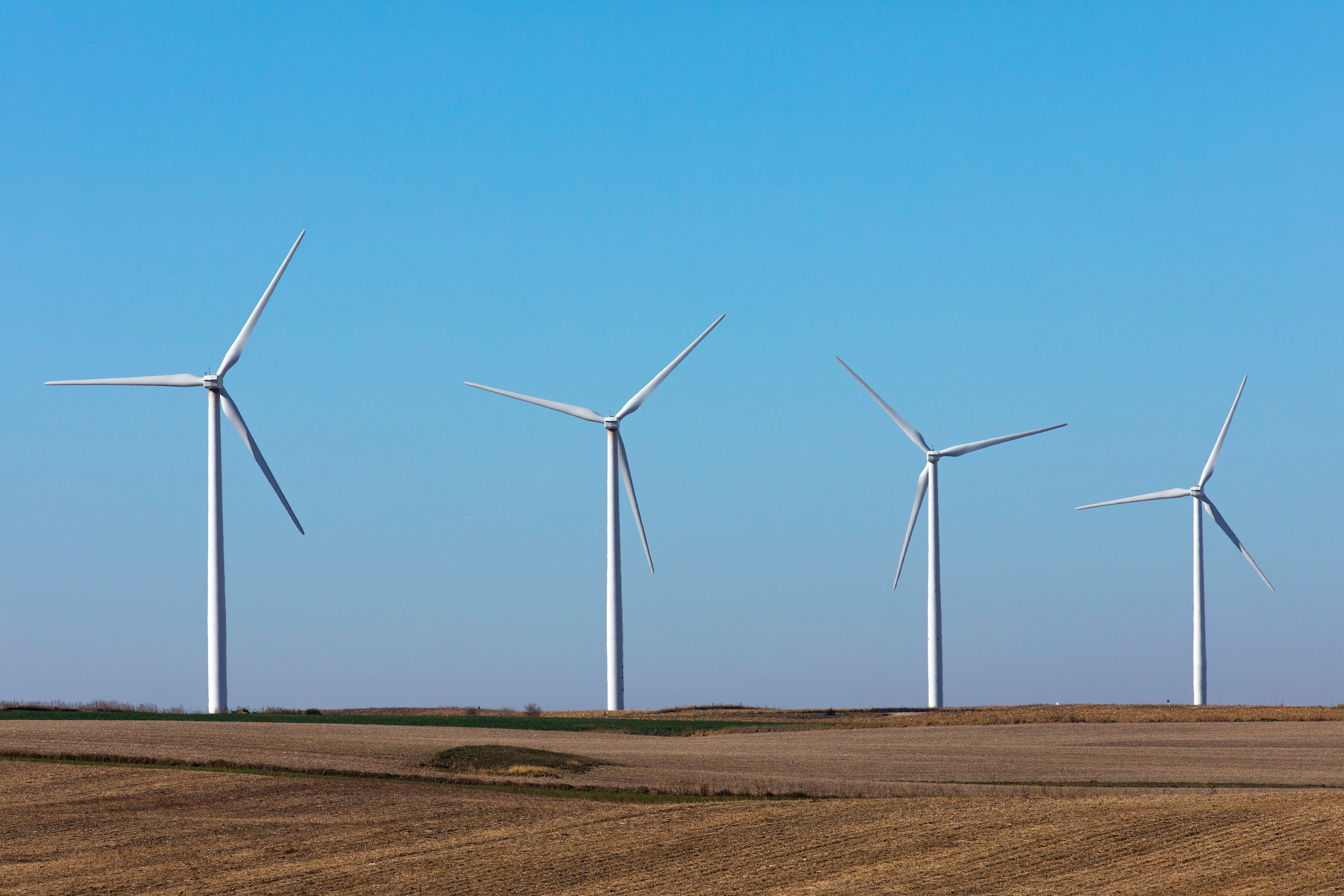
Report: U.S. trails other countries in building macro grids for moving, sharing electricity
Countries around the world are way ahead of the United States in building “macro grids” capable of moving electricity across grids or regions, according to a new report by an Iowa State engineer and a former doctoral student. The report was sponsored and released by Americans for a Clean Energy Grid.
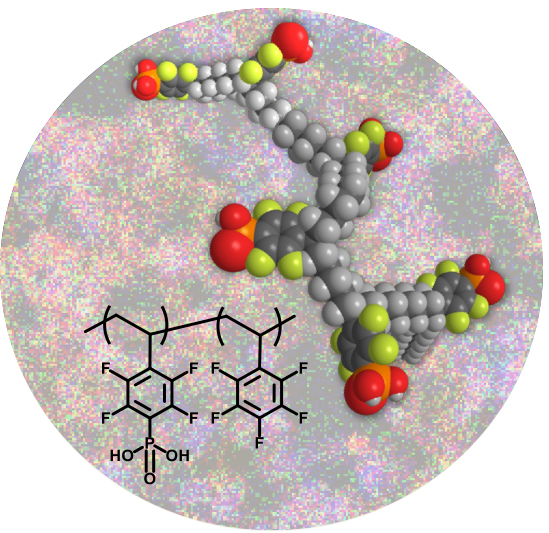
Breakthrough material makes pathway to hydrogen use for fuel cells under hot, dry conditions
A collaborative research team, including Los Alamos National Laboratory, University of Stuttgart (Germany), University of New Mexico, and Sandia National Laboratories, has developed a proton conductor for fuel cells based on polystyrene phosphonic acids that maintain high protonic conductivity up to 200 C without water.

Best Region For Life on Mars Was Far Below Surface
The most habitable region for life on Mars would have been up to several miles below its surface, likely due to subsurface melting of thick ice sheets fueled by geothermal heat, a Rutgers-led study concludes. The study, published in the journal Science Advances, may help resolve what’s known as the faint young sun paradox – a lingering key question in Mars science.
An escape route for seafloor methane
Methane, the main component of natural gas, is the cleanest-burning of all the fossil fuels, but when emitted into the atmosphere it is a much more potent greenhouse gas than carbon dioxide.
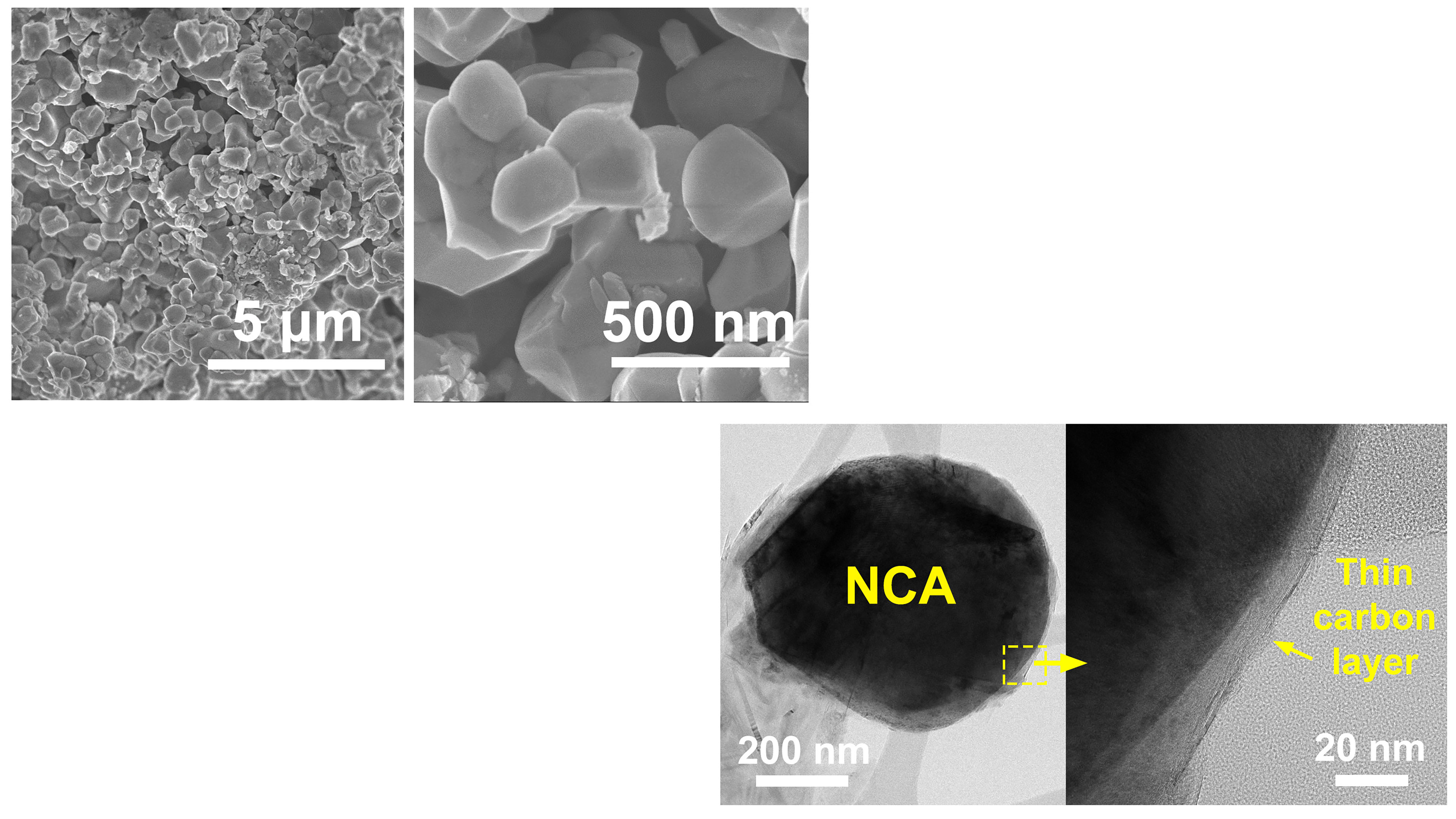
Creating Higher Energy Density Lithium-Ion Batteries for Renewable Energy Applications
Lithium-ion batteries that function as high-performance power sources for renewable applications, such as electric vehicles and consumer electronics, require electrodes that deliver high energy density without compromising cell lifetimes. In the Journal of Vacuum Science and Technology A, researchers investigate the origins of degradation in high energy density LIB cathode materials and develop strategies for mitigating those degradation mechanisms and improving LIB performance.

Transactive Energy: Negotiating New Terrain
PNNL’s longstanding grid and buildings capabilities are driving two projects that test transactive energy concepts on a grand scale and lay the groundwork for a more efficient U.S. energy system.

The Motivation for Sustainable Aviation Fuels
A new report outlines future research paths that are needed for airlines to reduce carbon emissions and notes that the only way to achieve emission reduction goals is with Sustainable Aviation Fuels.
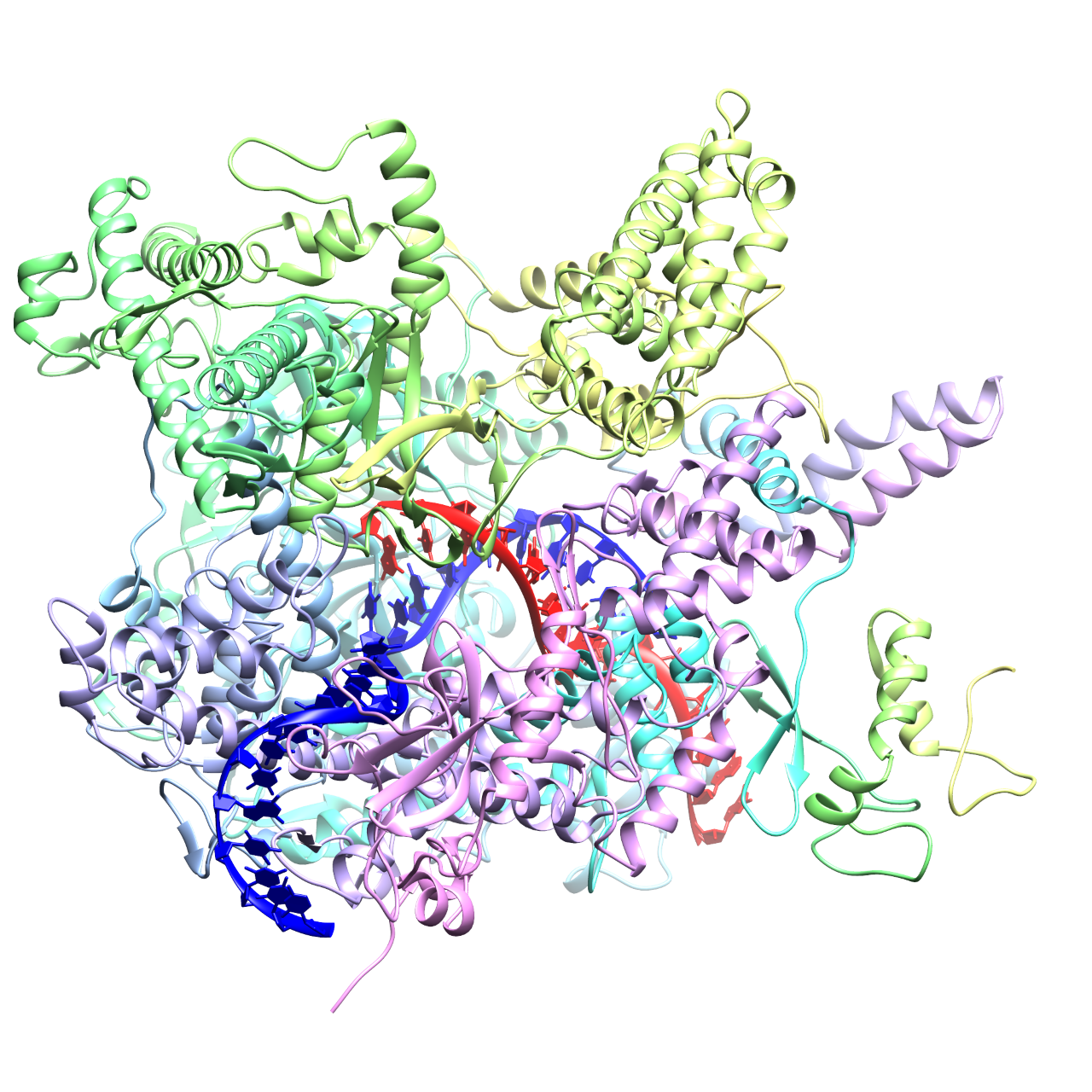
Gut Microbiome Manipulation Could Result from Virus Discovery
Scientists have discovered how a common virus in the human gut infects and takes over bacterial cells – a finding that could be used to control the composition of the gut microbiome, which is important for human health. The Rutgers co-authored research, which could aid efforts to engineer beneficial bacteria that produce medicines and fuels and clean up pollutants, is published in the journal Nature.
Lawrence Livermore Lab to Co-host Bay Area Battery Summit
Lawrence Livermore National Laboratory (LLNL), New Energy Nexus and CalCharge are co-hosting the sixth annual Bay Area Battery Summit (BABS), to be held virtually on Nov. 17-18.
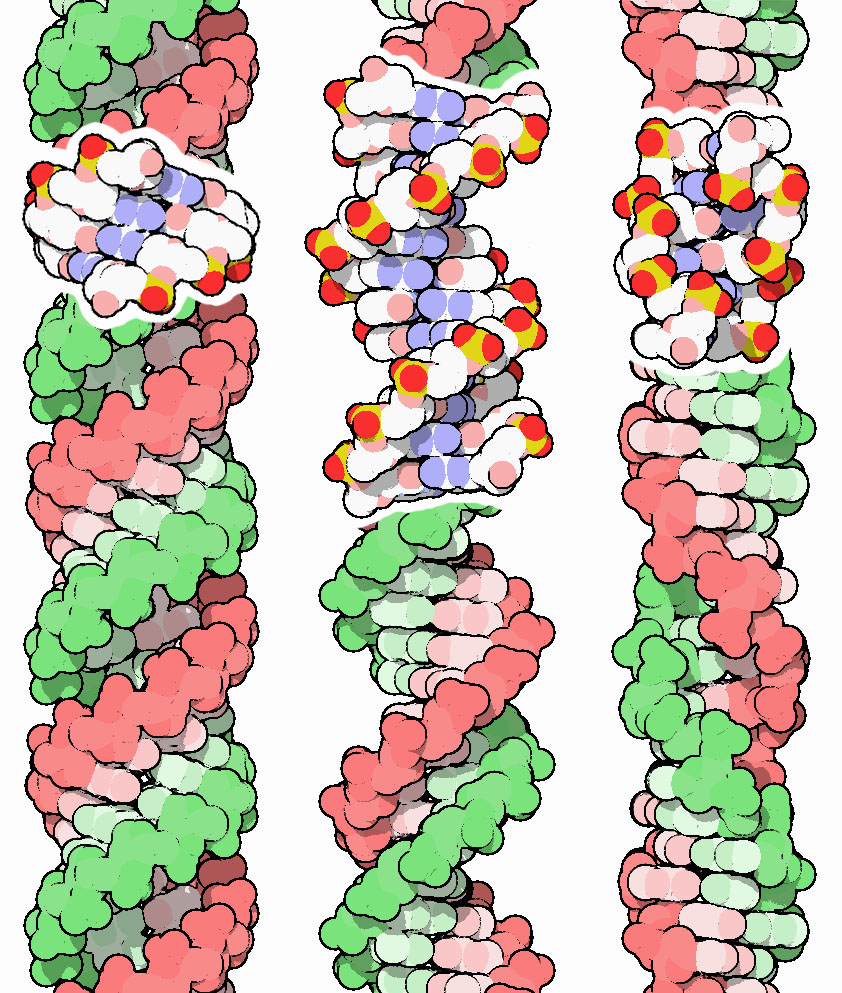
Genetic Code Evolution and Darwin’s Evolution Theory Should Consider DNA an ‘Energy Code’
Darwin’s theory of evolution should be expanded to include consideration of a DNA stability “energy code” – so-called “molecular Darwinism” – to further account for the long-term survival of species’ characteristics on Earth, according to Rutgers scientists. The iconic genetic code can be viewed as an “energy code” that evolved by following the laws of thermodynamics (flow of energy), causing its evolution to culminate in a nearly singular code for all living species, according to the Rutgers co-authored study in the journal Quarterly Review of Biophysics.

Improving High-Energy Lithium-Ion Batteries with Carbon Filler
Lithium-ion batteries are the major rechargeable power source for many portable devices as well as electric vehicles, but their use is limited, because they do not provide high power output while simultaneously allowing reversible energy storage. Research reported in Applied Physics Reviews aims to offer a solution by showing how the inclusion of conductive fillers improves battery performance.

Story Tips: Ice breaker data, bacterial breakdown, catching heat and finding order
ORNL story tips: Ice breaker data, bacterial breakdown, catching heat and finding order
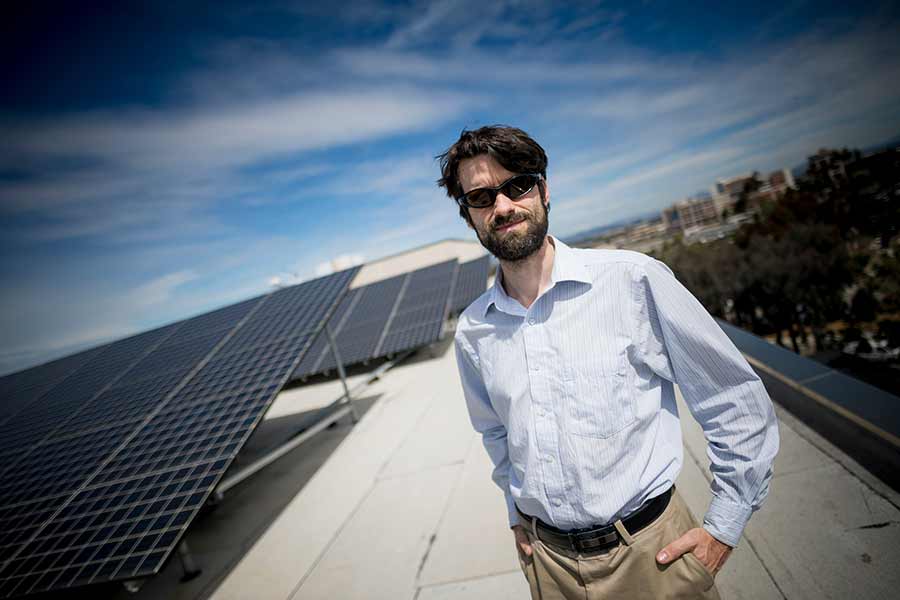
$39 Million to better integrate renewables into power grid
The National Science Foundation has awarded $39 million to a team of engineers and computer scientists at the University of California San Diego to build a first-of-its-kind testbed to better understand how to integrate distributed energy sources such as solar panels, wind turbines, smart buildings and electric vehicle batteries into the power grid. The goal is to make the testbed available to outside research teams and industry by 2025.

DIII-D Scientists to Work with PPPL to Find a Path to Sustained Fusion Energy
Researchers from the DIII-D National Fusion Facility are preparing to support their colleagues at the National Spherical Tokamak Experiment-Upgrade (NSTX-U) at the U.S Department of Energy’s (DOE) Princeton Plasma Physics Laboratory (PPPL) in a quest to develop sustained fusion energy. Under recently announced DOE funding programs, two teams at DIII-D will perform research on physics and instrumentation for NSTX-U as the facility’s staff work to restart operations late next year.
A renewable solution to keep cool in a warming world
A new study explored the pros and cons of seawater air-conditioning as an alternative cooling solution.
UAlbany Partners on New Weather Forecasting Tool for New York Utilities
UAlbany is partnering to create a new weather forecasting tool that will offer real-time predictions on storm outages, electrical load and renewable energy generation.
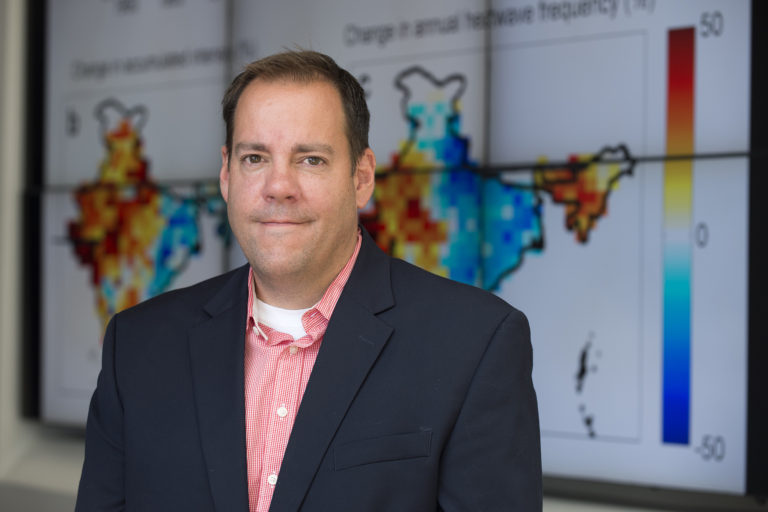
Pandemic lockdowns caused steep and lasting carbon dioxide decline
An international team of climate experts, including Earth system scientists at the University of California, Irvine, today released an assessment of carbon dioxide emissions by industry, transportation and other sectors from January through June, showing that this year’s pandemic lockdowns resulted in a 9 percent decline from 2019 levels.
Grant supports development of efficient offshore wind farms
A new interdisciplinary Cornell University research project is designed to unlock the power of wind energy by optimizing the spacing between wind turbines and wind turbine arrays to maximize power production.
EU building renovations plan ‘bold’ example of green recovery
The European Union is set to announce a large-scale building renovation project on Wednesday — an effort to cut carbon emissions and energy costs across the 27-nation bloc, while stimulating an economy struggling with the effects of COVID-19. The plan…
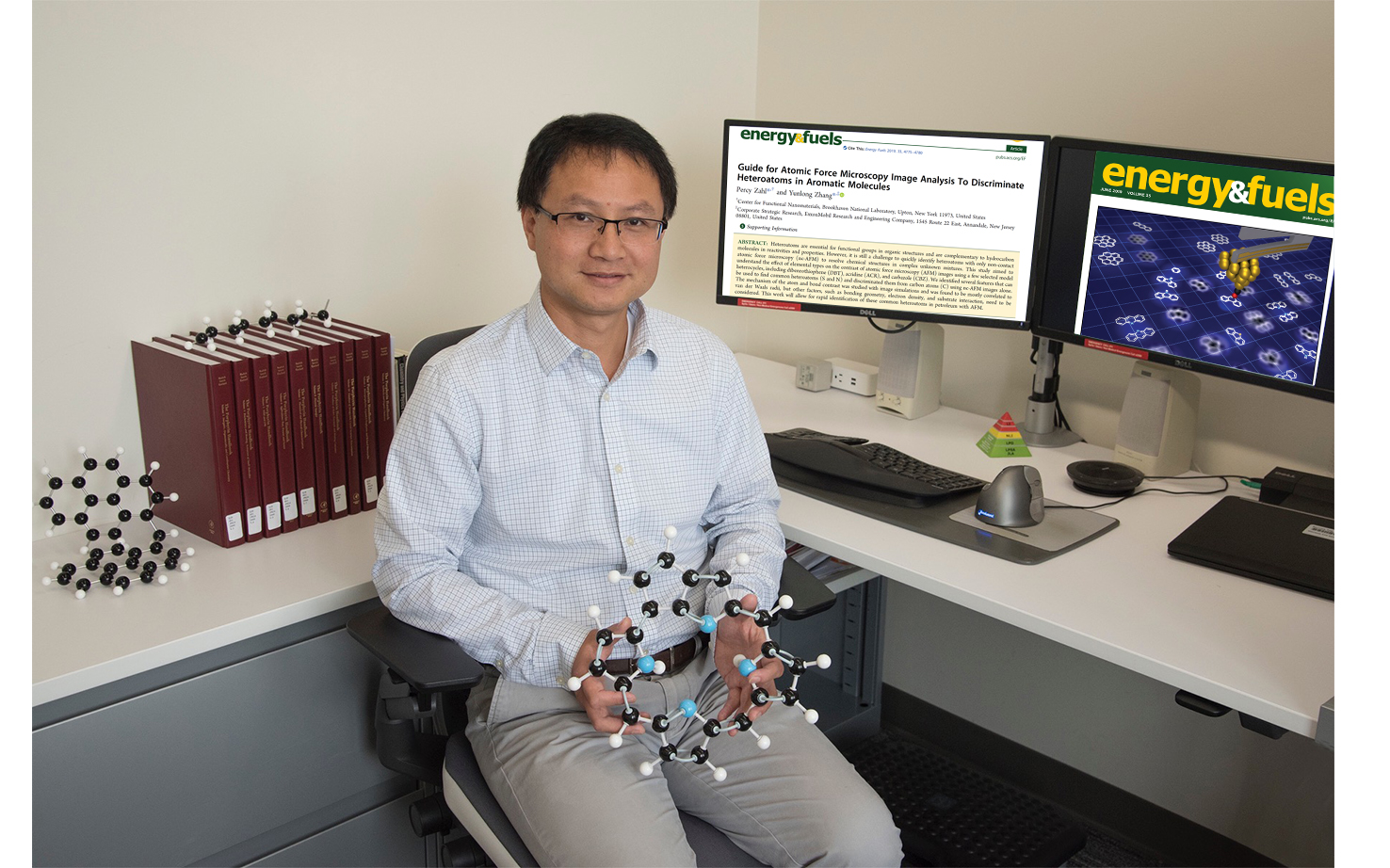
Decoding the Structure of Petroleum with Yunlong Zhang
ExxonMobil chemist and user of Brookhaven Lab’s Center for Functional Nanomaterials (CFN) Yunlong Zhang is characterizing molecules in petroleum with high-resolution atomic force microscopy.
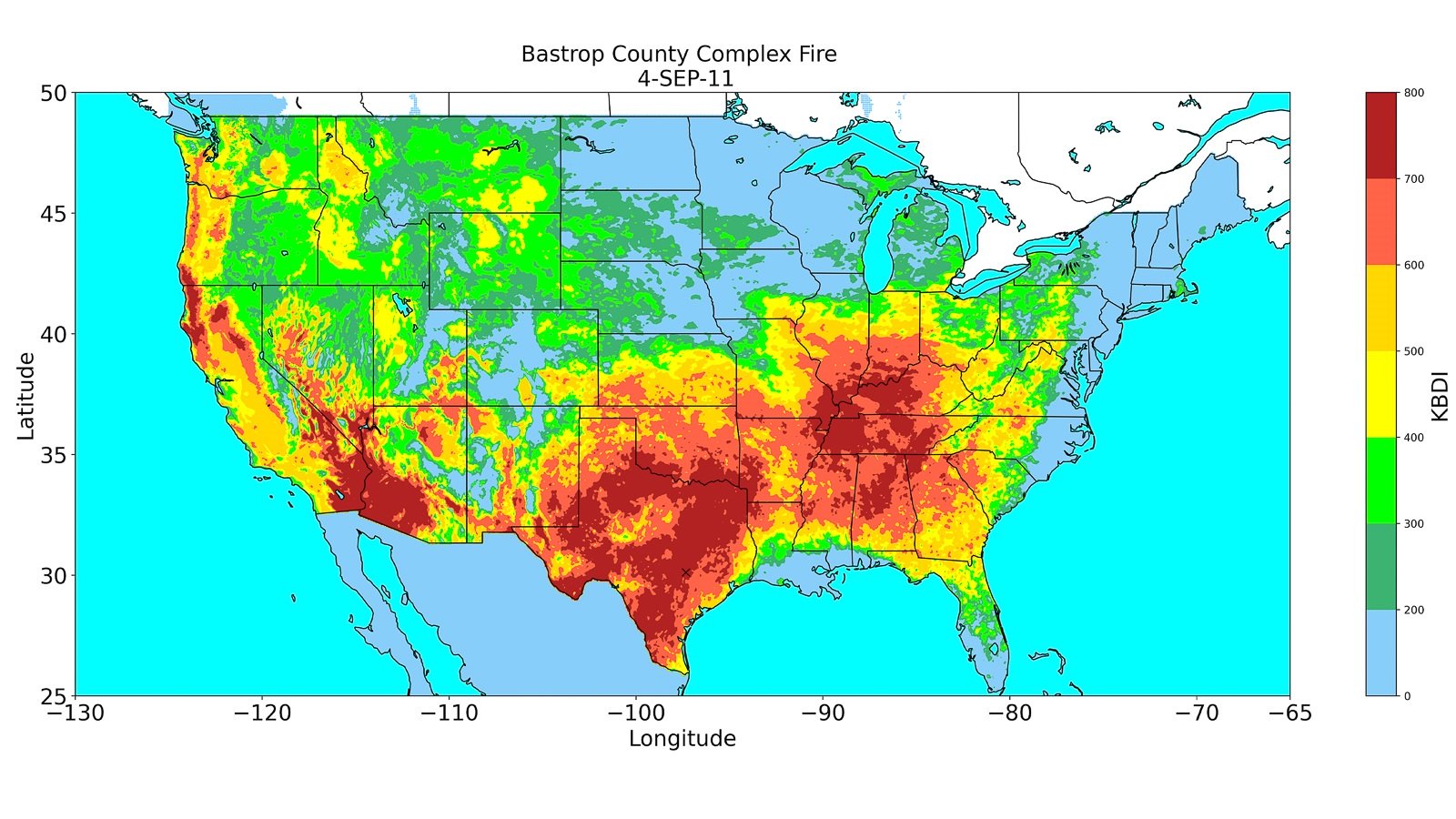
Argonne develops unprecedented long-term wildfire prediction model
Wildfire indices and high-resolution climate models combine to produce a detailed historical analysis of wildfire events across the U.S. and suggest the potential for more severe and frequent fires in the latter half of the century.
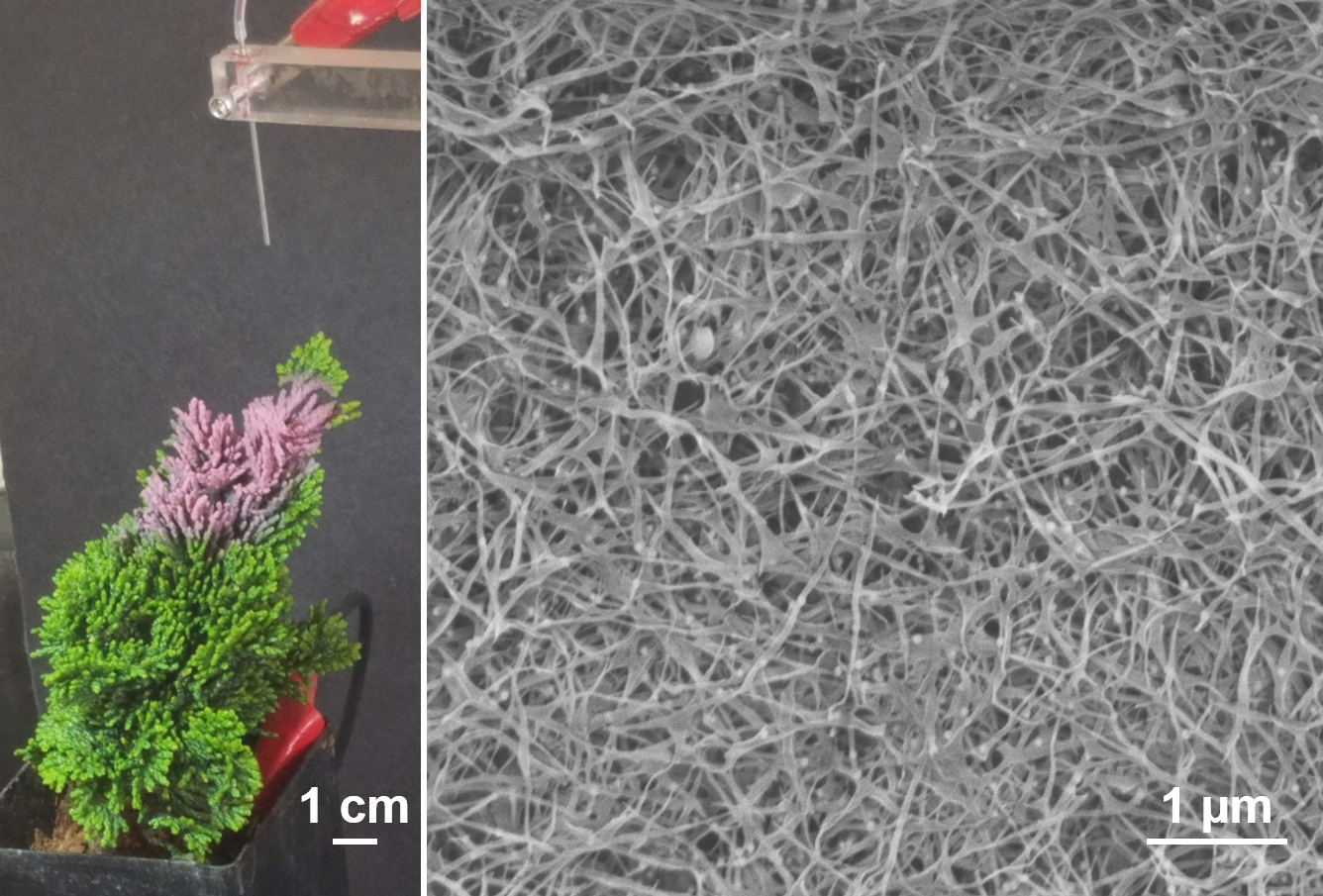
Plant-Based Spray Could be Used in N95 Masks and Energy Devices
Engineers have invented a way to spray extremely thin wires made of a plant-based material that could be used in N95 mask filters, devices that harvest energy for electricity, and potentially the creation of human organs. The method involves spraying methylcellulose, a renewable plastic material derived from plant cellulose, on 3D-printed and other objects ranging from electronics to plants, according to a Rutgers-led study in the journal Materials Horizons.

Graduate students gather virtually for summer school at PPPL
Students attending the third annual graduate summer school at PPPL gathered virtually, due to travel restrictions, to get a broad overview of the field of plasma physics.

UCI is No. 1 in Sierra magazine’s 2020 ‘Cool Schools’ ranking of sustainability leaders
Irvine, Calif., Sept. 28, 2020 — The green streak continues! Sierra magazine has named the University of California, Irvine No. 1 overall in its annual “Cool Schools” ranking of sustainability leaders among U.S. and Canadian universities and colleges, marking the fourth time in the last seven years that UCI has topped the widely acclaimed list.
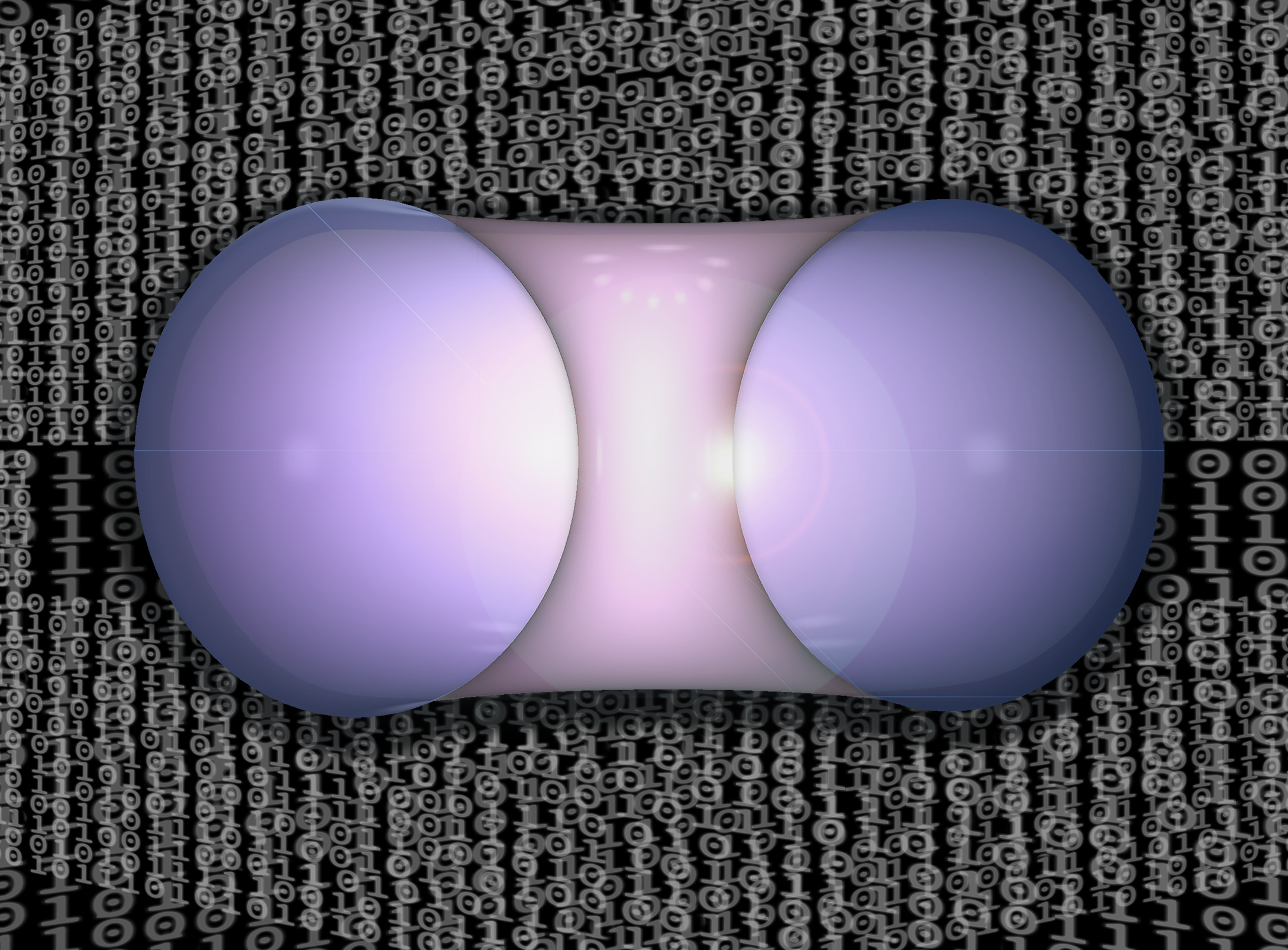
Scientists develop forecasting technique that could help advance quest for fusion energy
An international group of researchers has developed a technique that forecasts how tokamaks might respond to unwanted magnetic errors. These forecasts could help engineers design fusion facilities that create a virtually inexhaustible supply of safe and clean fusion energy to generate electricity.
Power Player: Engineering professor researches how to keep America’s lights on
Ning Zhou from Binghamton University, State University of New York received a National Science Foundation (NSF) CAREER Award to provide a 21st-century vision for power systems.
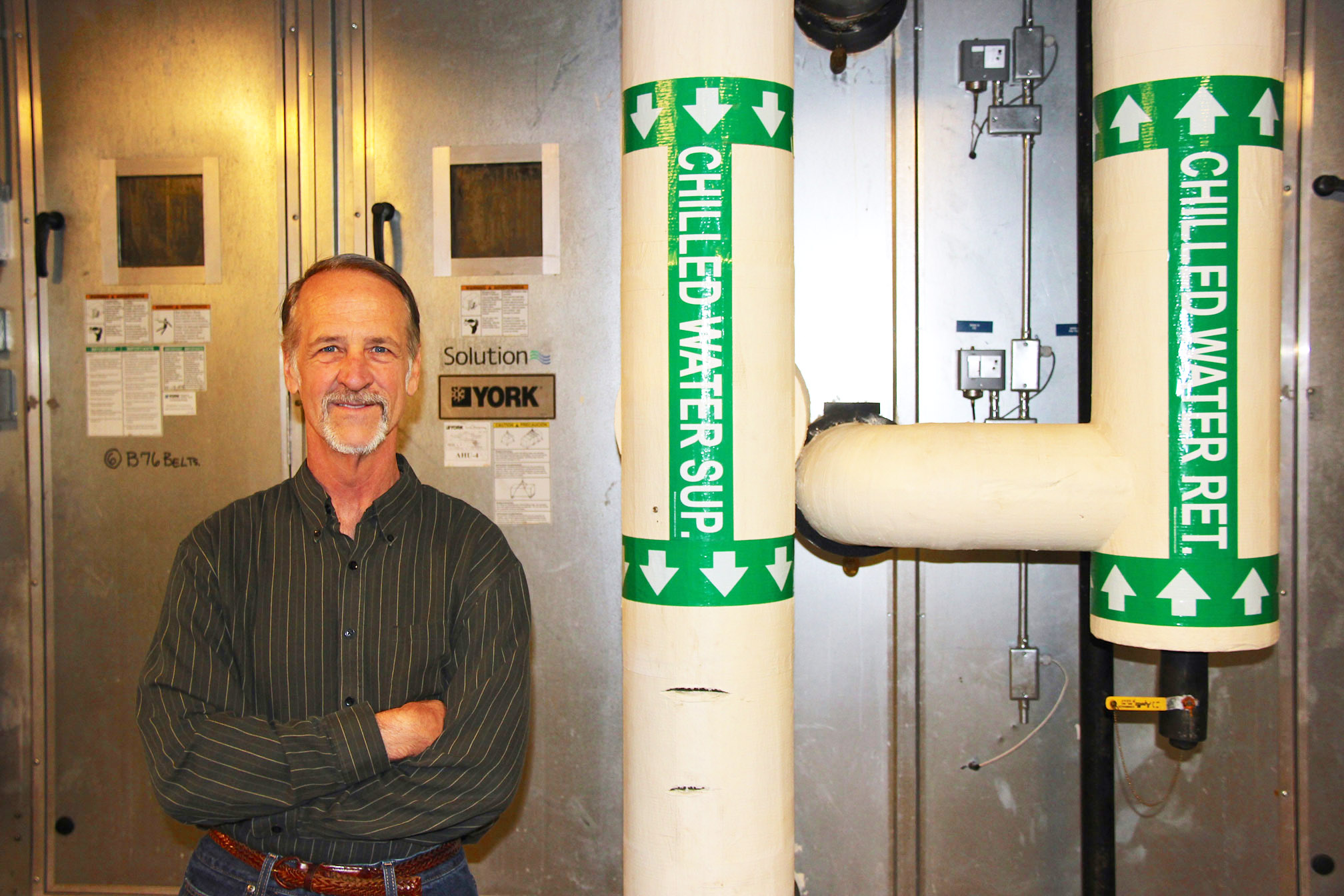
Turn up the thermostat: Lower energy costs, no complaints
A new study from the University of Georgia suggests there is a painless way to reduce energy costs: Turn up the thermostat. Even a degree or two makes a difference.
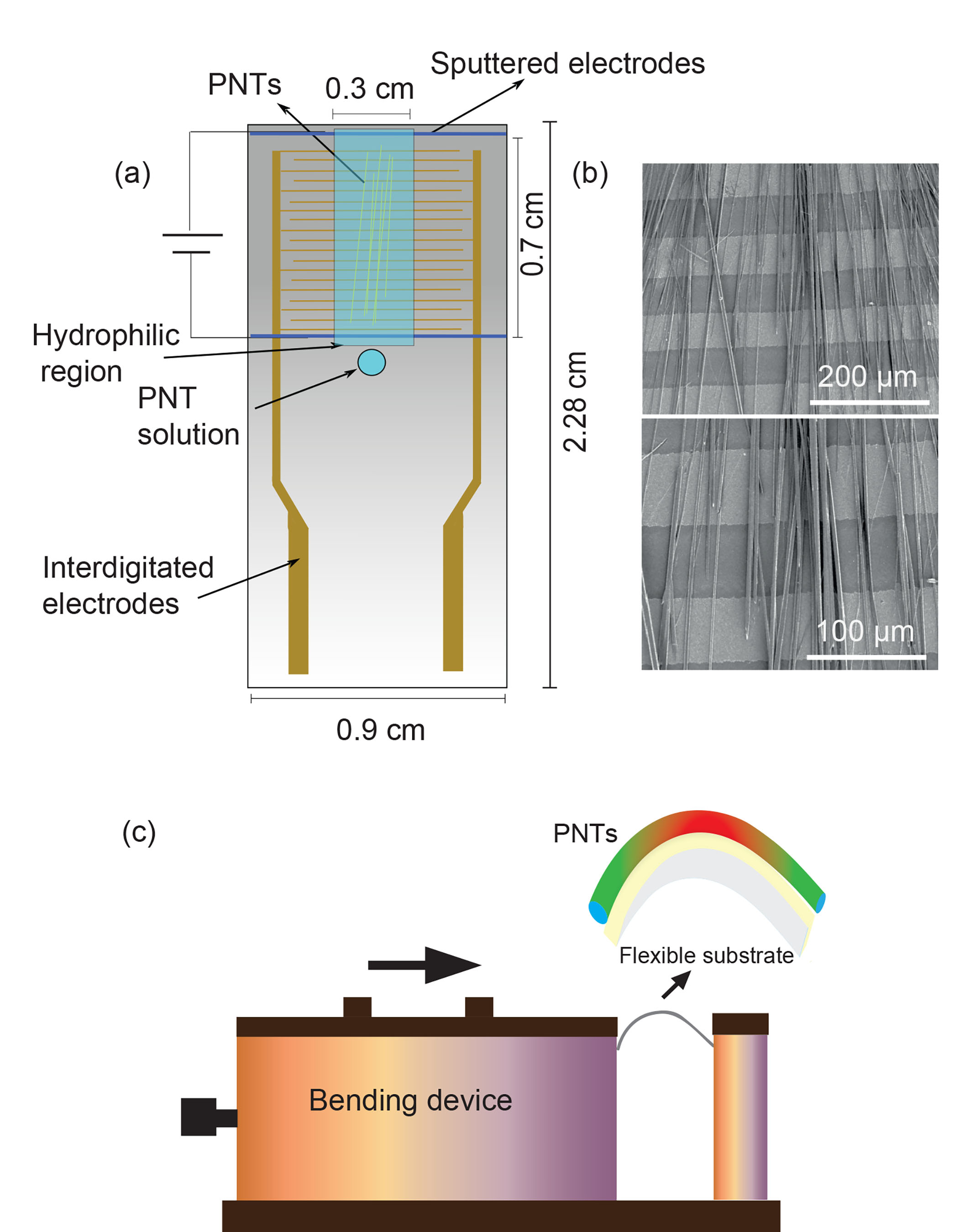
Energy Harvesting Goes Organic, Gets More Flexible
The race is on to create natural biocompatible piezoelectric materials for energy harvesting, electronic sensing, and stimulating nerves. Researchers decided to explore peptide-based nanotubes, and in the Journal of Applied Physics, they report using a combination of ultraviolet and ozone exposure to generate a wettability difference and an applied field to create horizontally aligned polarization of nanotubes on flexible substrates with interlocking electrodes. The group’s work will enable the use of organic materials more widely.
ARPA-type funding gives green technology an ‘innovation advantage’, study finds
• Startups funded by US energy agency ARPA-E file patents at twice the rate of similar cleantech firms, according to latest research.
• UK should trial its own climate-focused ARPA as part of Covid-19 recovery package, argues Cambridge researcher.
• Learn lessons from US by supporting startups through “valley of death” to boost productivity and innovation in green tech.
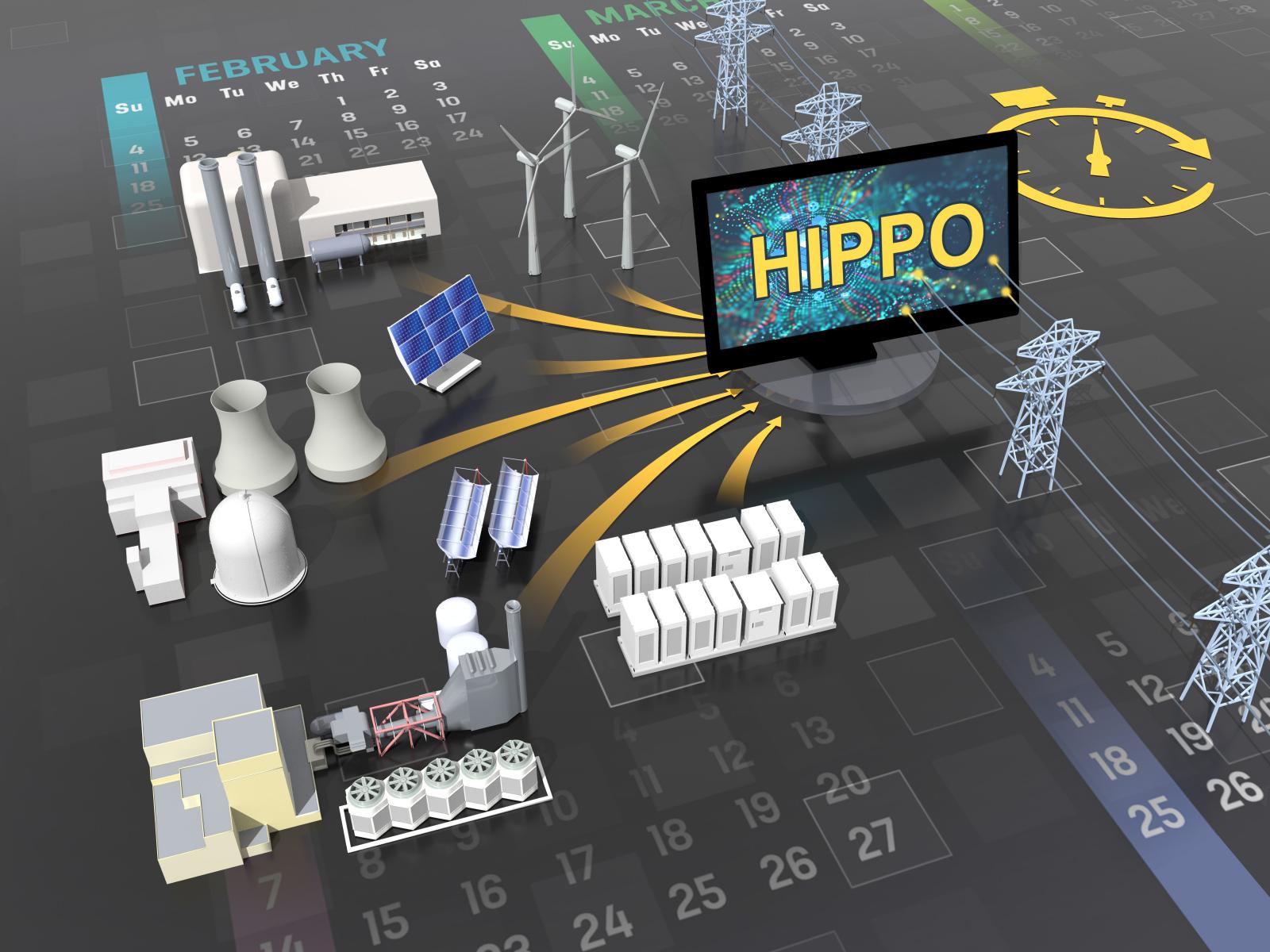
High-Performance Computing Helps Grid Operators Manage Increasing Complexity
PNNL, in partnership with industry, has developed a computational tool called HIPPO, which accelerates the increasingly complex calculations grid operators must make in scheduling energy resources to meet the next day’s forecasted electricity demand.
Vibration device makes homes ‘smart’ by tracking appliances
To boost efficiency in typical households – where people forget to take wet clothes out of washing machines, retrieve hot food from microwaves and turn off dripping faucets – Cornell University researchers have developed a single device that can track 17 types of appliances using vibrations.

Tulane selected for one of three $27 million U.S.-Israel Energy Centers
The goal of the Center is to help propel energy security and economic development, while facilitating cooperation among U.S. and Israeli companies, research institutes and universities.
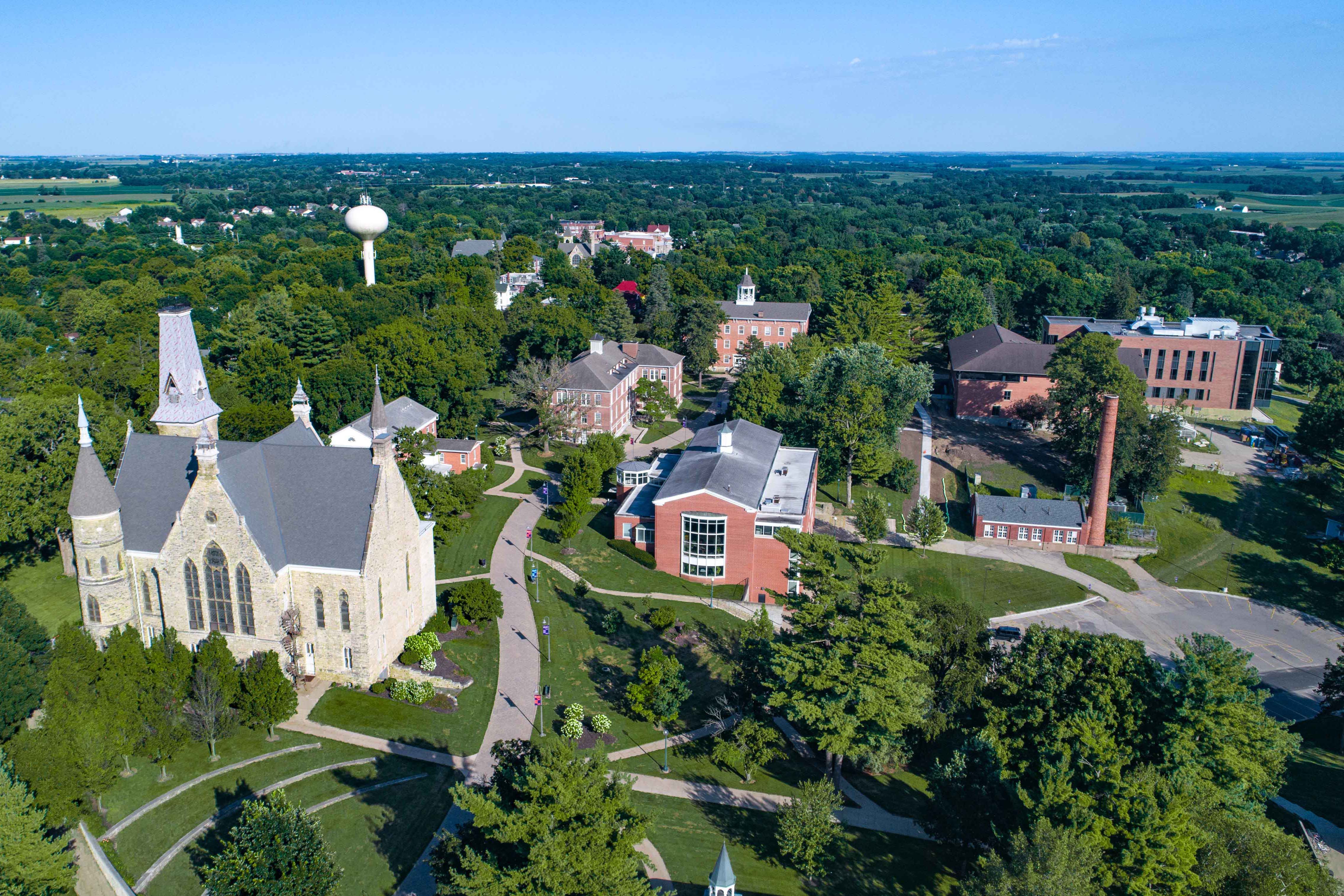
Colleges get millions in energy-efficiency improvements without budget impacts
Small colleges and universities are embarking on major infrastructure repairs that lead to more energy-efficient campuses, and it is not costing a penny upfront.
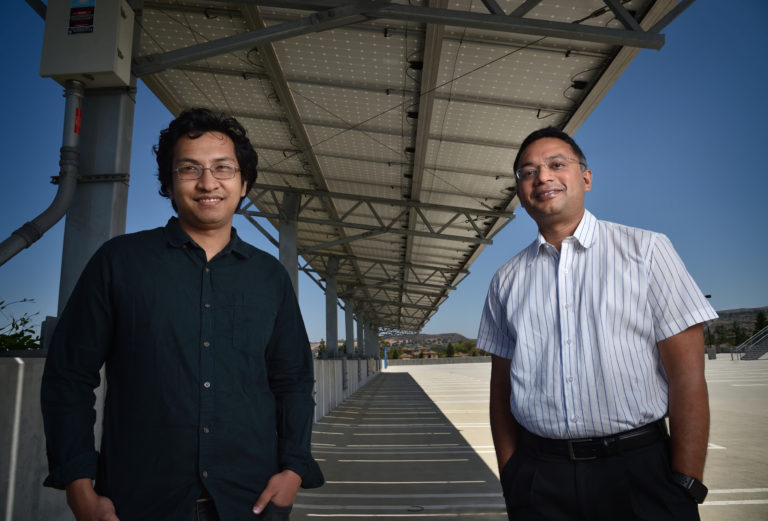
UCI cyber-physical security researchers highlight vulnerability of solar inverters
Irvine, Calif., Aug. 18, 2020 – Cyber-physical systems security researchers at the University of California, Irvine can disrupt the functioning of a power grid using about $50 worth of equipment tucked inside a disposable coffee cup. In a presentation delivered at the recent Usenix Security 2020 conference, Mohammad Al Faruque, UCI associate professor of electrical engineering & computer science, and his team revealed that the spoofing mechanism can generate a 32 percent change in output voltage, a 200 percent increase in low-frequency harmonics power and a 250 percent boost in real power from a solar inverter.
Declassify Attacks and Incentivize Resilience
– Today in view of rising global tensions, bold new recommendations were issued by the National Commission for Grid Resilience (NCGR) to secure and build a more resilient grid in the United States, the world’s greatest consumer of electricity.

Bright Lights + Big City = Millions of Dollars in Savings
The city of Chicago has replaced 210,000 street lights with state-of-the-art LEDs through its energy-efficient street lighting initiative. Pacific Northwest National Laboratory lent its technical expertise to the team – led by the Chicago Department of Transportation – to help identify the best lighting technology and field validation approaches to Chicago’s outdoor lighting modernization effort.

Quantum Materials Quest Could Benefit From Graphene That Buckles
Graphene, an extremely thin two-dimensional layer of the graphite used in pencils, buckles when cooled while attached to a flat surface, resulting in beautiful pucker patterns that could benefit the search for novel quantum materials and superconductors, according to Rutgers-led research in the journal Nature. Quantum materials host strongly interacting electrons with special properties, such as entangled trajectories, that could provide building blocks for super-fast quantum computers. They also can become superconductors that could slash energy consumption by making power transmission and electronic devices more efficient.

Wayne State receives DOE grant to develop catalysts for renewable energy generation
This research will focus on the development of efficient electrochemical systems for energy generation and storage. The proposed work will have a significant impact on the development of efficient energy conversion systems.
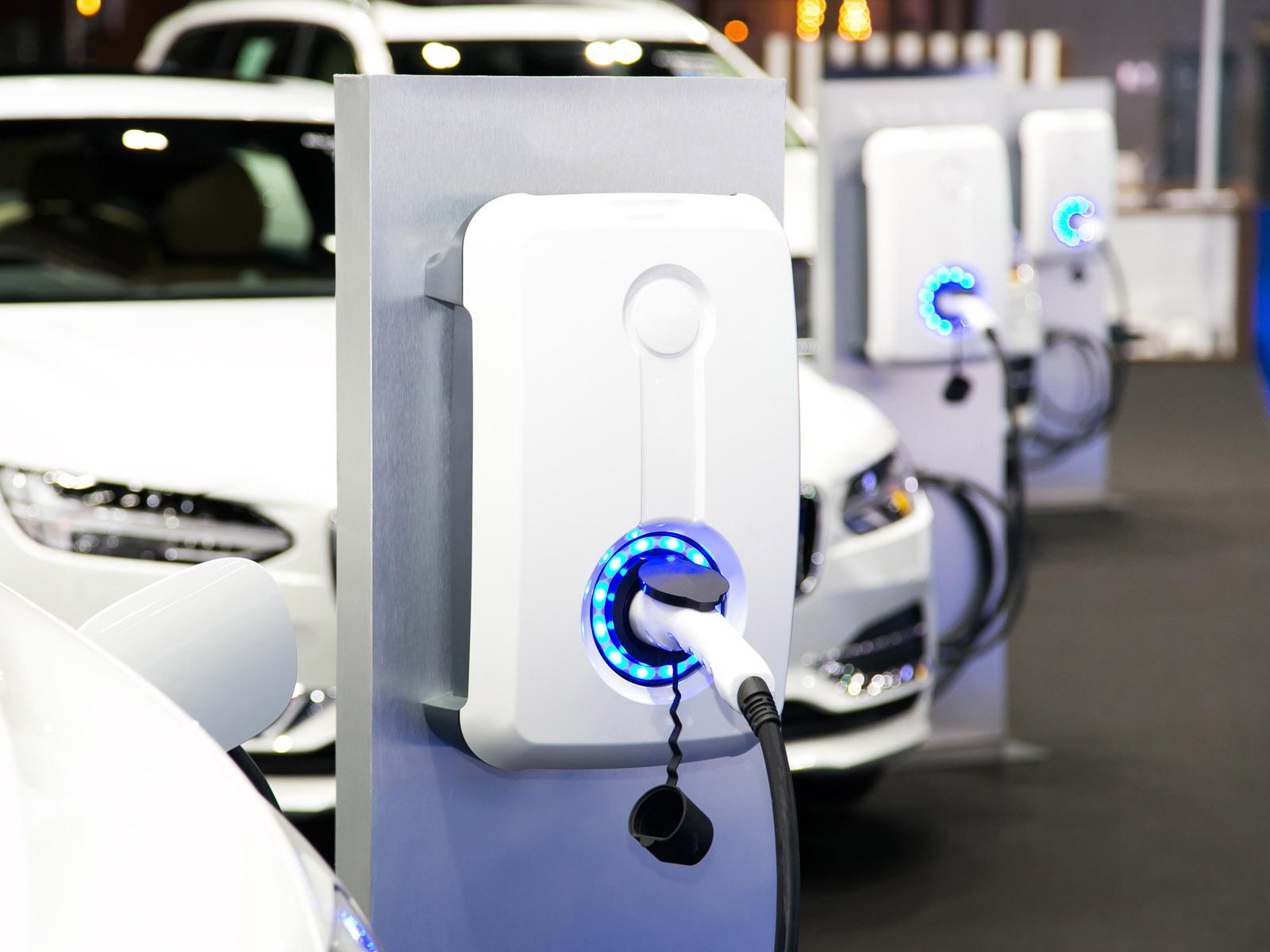
Influx of Electric Vehicles Accelerates Need for Grid Planning
A new PNNL report says the western U.S. bulk power system can reliably support projected growth of up to 24 million electric vehicles through 2028, but challenges will arise as EV adoption grows beyond that threshold. This study is the most comprehensive of its kind, integrating multiple variables not evaluated before, such as growth in commercial delivery fleets and long-haul trucks, as well as large-scale and long-term EV charging scenarios and strategies.
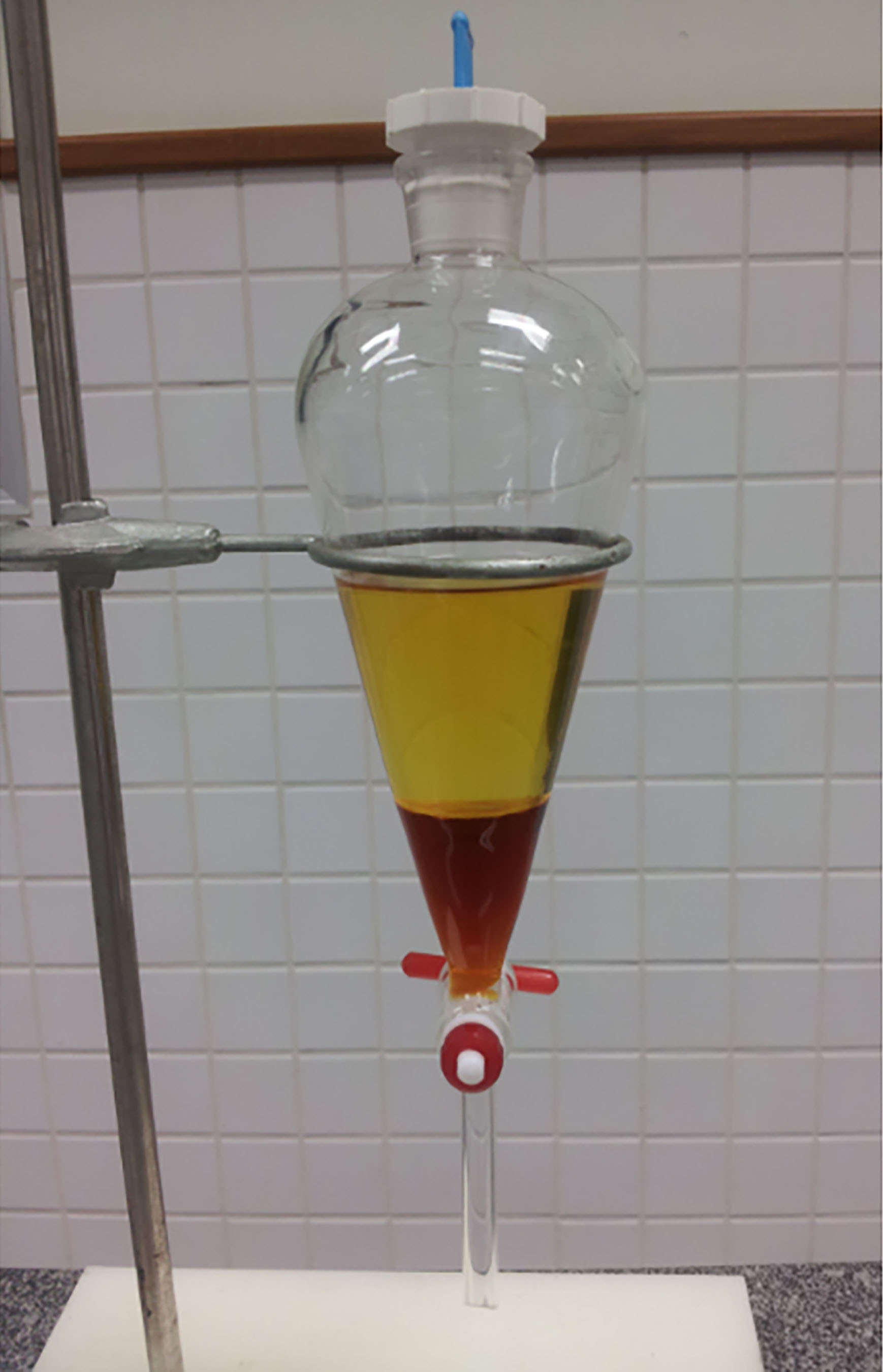
Lithium Ion Battery Waste Used in Biodiesel Production from Discarded Vegetable Oil
Brazilian researchers demonstrated a new chemical approach for producing biodiesel from domestic cooking oil waste by using hydroxide lithium mixed with either sodium hydroxides or potassium hydroxides as catalysts. Their work, published in the Journal of Renewable and Sustainable Energy, could enable future studies related to the use of lithium from waste lithium ion batteries. The work marks one of the first times lithium has been used for such purposes.
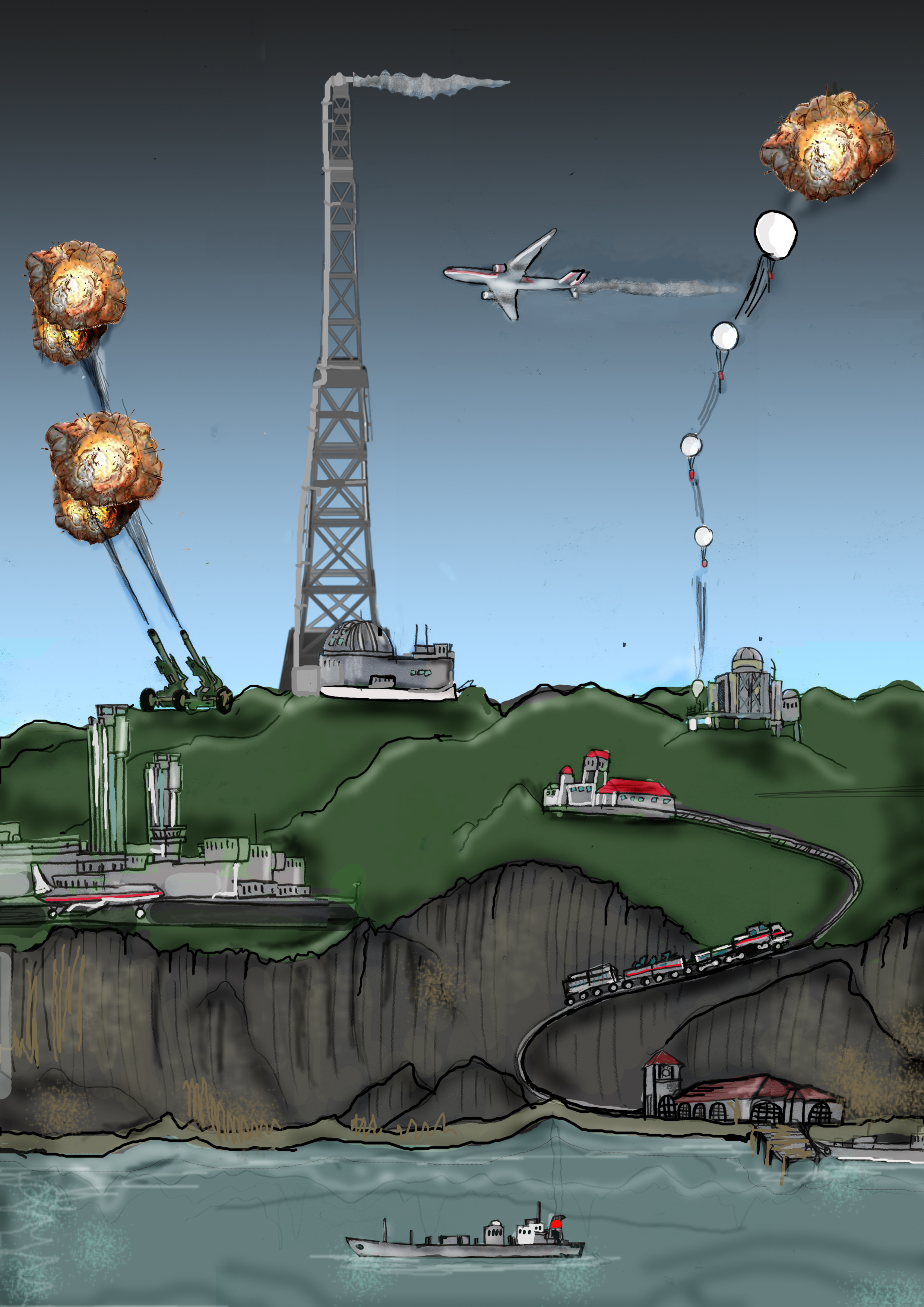
Geoengineering is Just a Partial Solution to Fight Climate Change
Could we create massive sulfuric acid clouds that limit global warming and help meet the 2015 Paris international climate goals, while reducing unintended impacts? Yes, in theory, according to a Rutgers co-authored study in the journal Earth System Dynamics. Spraying sulfur dioxide into the upper atmosphere at different locations, to form sulfuric acid clouds that block some solar radiation, could be adjusted every year to keep global warming at levels set in the Paris goals. Such technology is known as geoengineering or climate intervention.
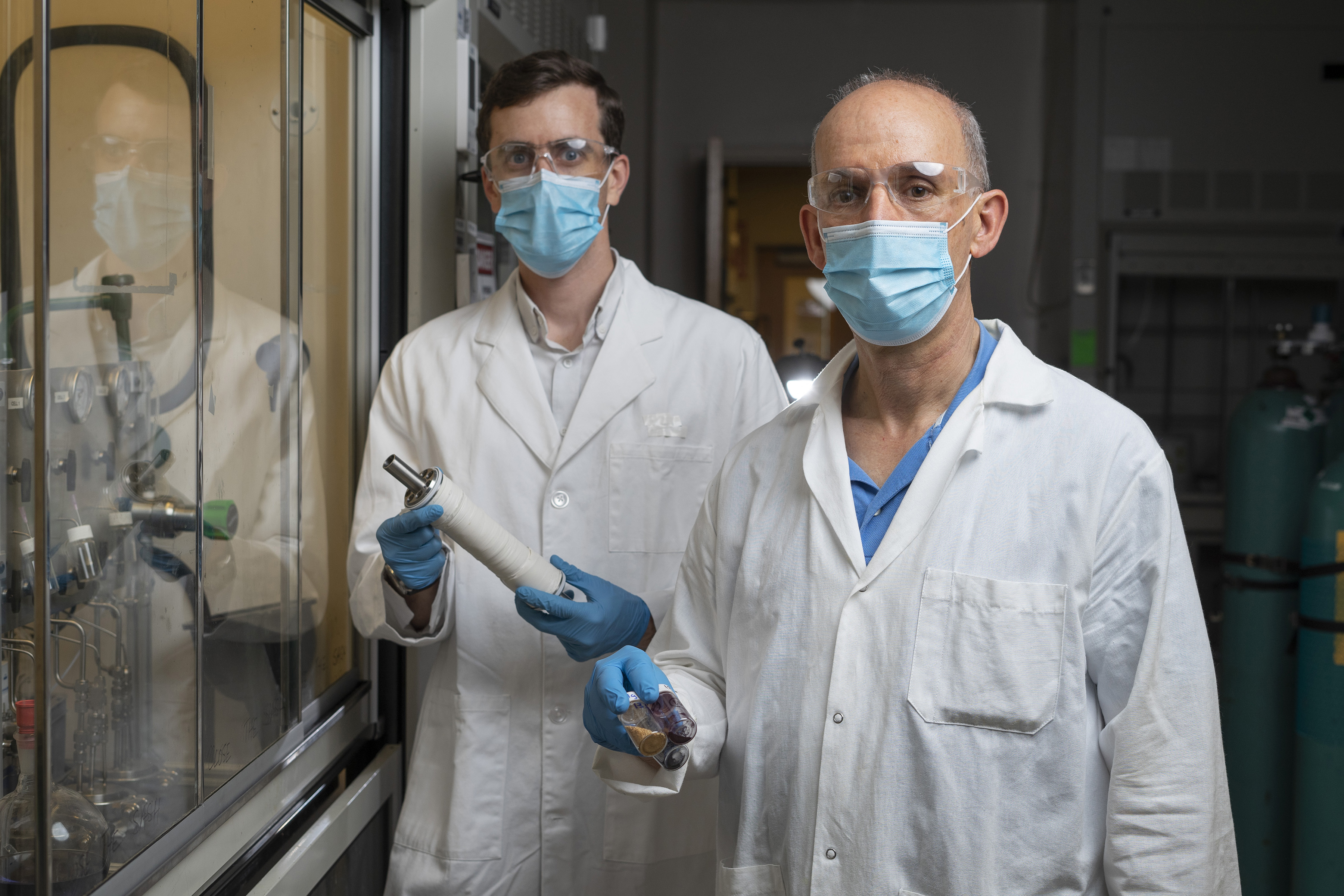
Membrane Technology Could Cut Emissions and Energy Use in Oil Refining
New membrane technology developed by a team of researchers from the Georgia Institute of Technology, Imperial College London, and ExxonMobil could help reduce carbon emissions and energy intensity associated with refining crude oil. Laboratory testing suggests that this polymer membrane technology could replace some conventional heat-based distillation processes in the future.
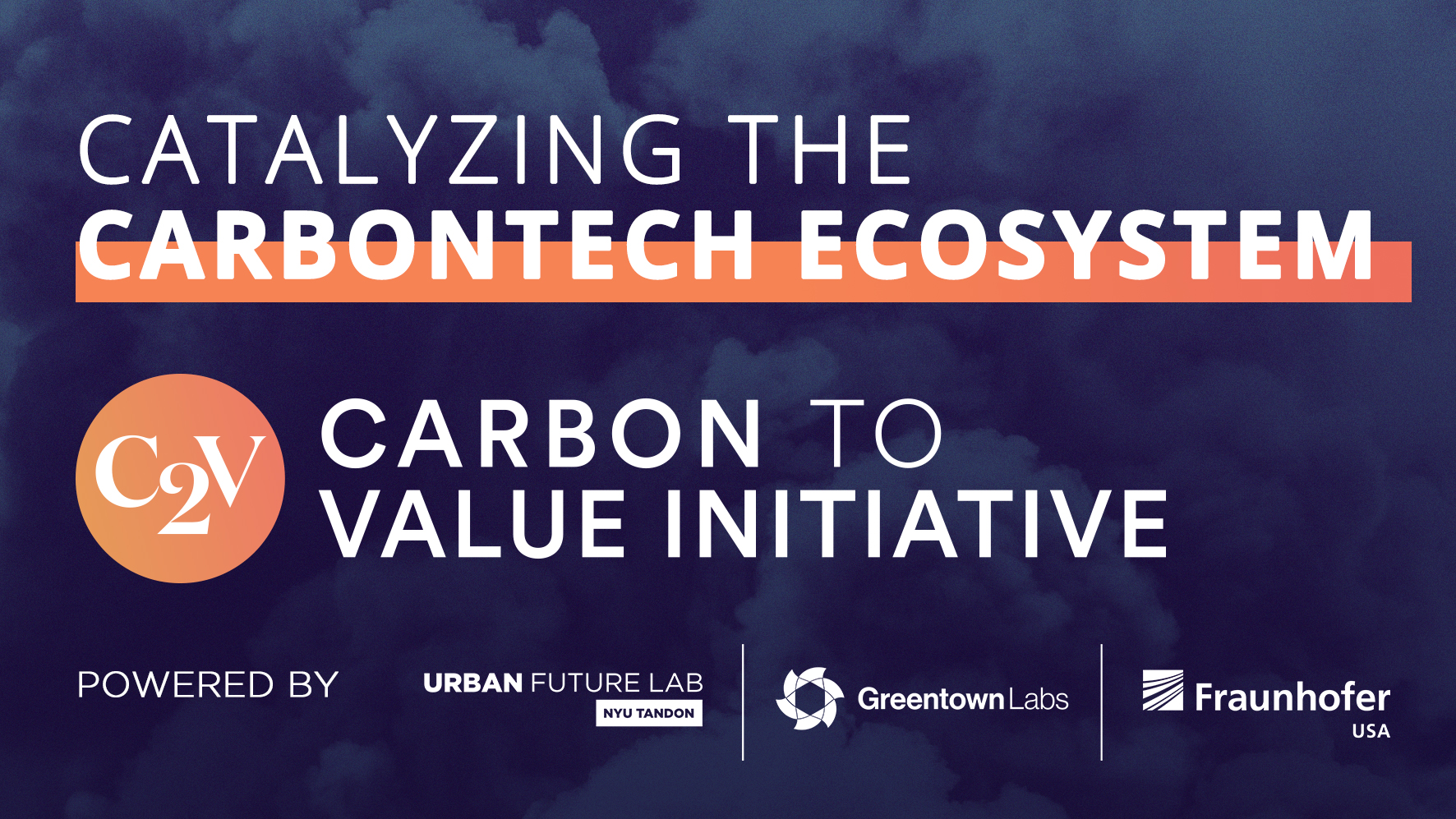
Urban Future Lab, Greentown Labs, and the Fraunhofer USA TechBridge Program announce the Carbon to Value Initiative
The Urban Future Lab at the NYU Tandon School of Engineering, Greentown Labs, and the Fraunhofer USA TechBridge Program launch the Carbon to Value Initiative (C2V Initiative), a partnership driving the creation of a thriving innovation ecosystem for the commercialization of carbontech
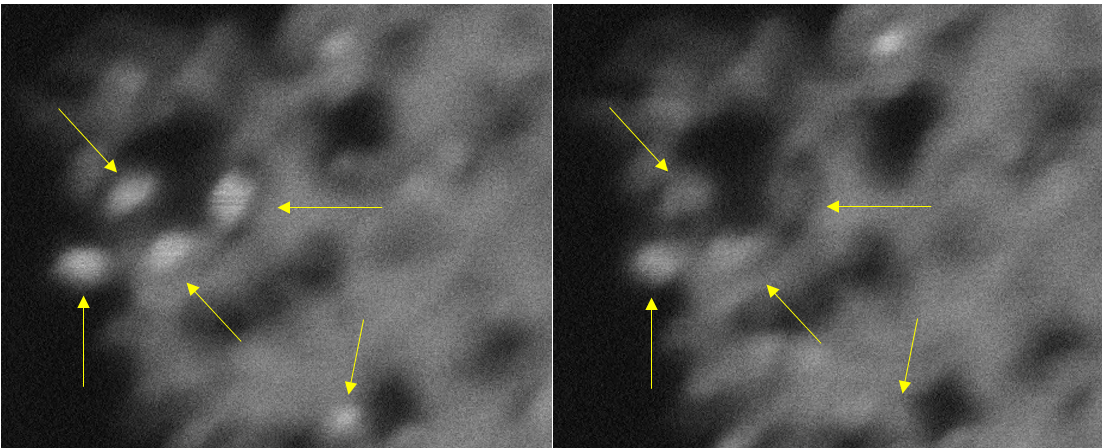
‘Blinking” Crystals May Convert CO2 into Fuels
Imagine tiny crystals that “blink” like fireflies and can convert carbon dioxide, a key cause of climate change, into fuels. A Rutgers-led team has created ultra-small titanium dioxide crystals that exhibit unusual “blinking” behavior and may help to produce methane and other fuels, according to a study in the journal Angewandte Chemie. The crystals, also known as nanoparticles, stay charged for a long time and could benefit efforts to develop quantum computers.

Study of Natural Gas Flaring Finds High Risks to Babies
UCLA & USC study of natural gas flaring finds high risks to babies; researchers found exposure was associated with 50% higher odds of preterm birth compared with no exposure.
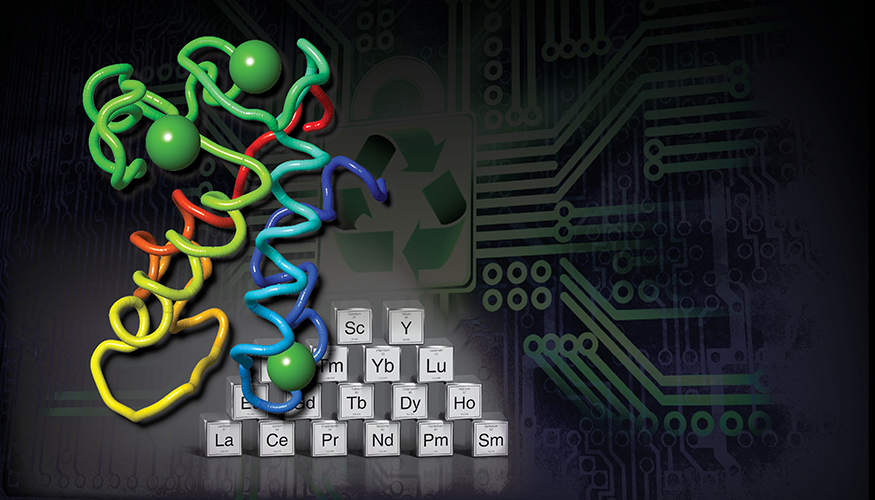
E-waste eating protein creates rare earth elements
Lawrence Livermore National Laboratory (LLNL) researchers, in collaboration with Pennsylvania State University (PSU) and Idaho National Laboratory (INL), have designed a new process, based on a naturally occurring protein, that could extract and purify rare earth elements (REE) from low-grade sources. It could offer a new avenue toward a more diversified and sustainable REE sector for the United States. The protein, lanmodulin, enables a one-step extraction and purification of (REE)s from complex metal mixtures, including electronic waste and coal byproducts.

Geoengineering’s Benefits Limited for Apple Crops in India
Geoengineering – spraying sulfur dioxide into the atmosphere to combat global warming – would only temporarily and partially benefit apple production in northern India, according to a Rutgers co-authored study. But abruptly ending geoengineering might lead to total crop failure faster than if geoengineering were not done, according to the study – believed to be the first of its kind – in the journal Climatic Change.
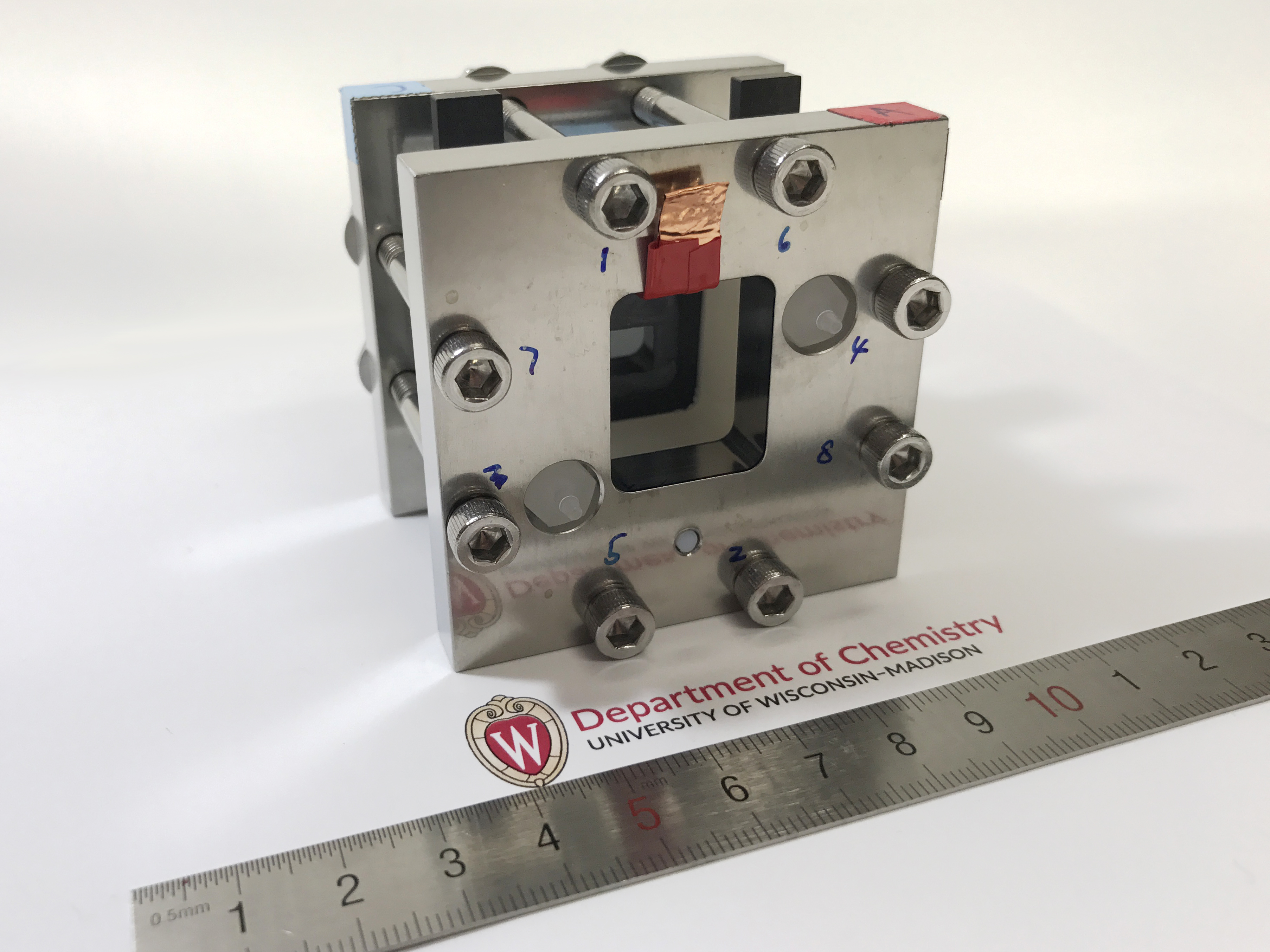
Merging solar cell and liquid battery produces efficient, long-lasting solar storage
Chemists at the University of Wisconsin–Madison and their collaborators have created a highly efficient and long-lasting solar flow battery, a way to generate, store and redeliver renewable electricity from the sun in one device.